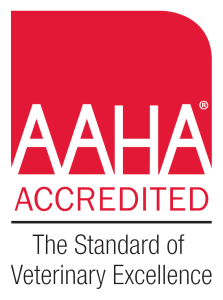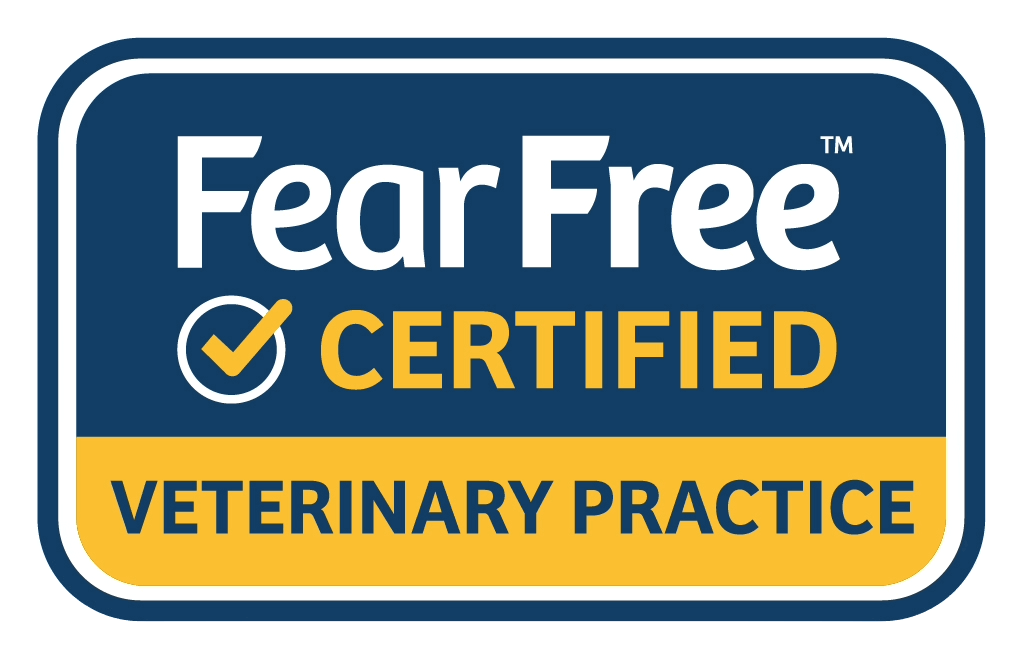Nutrition for your cat or dog is essential to their health and happiness but how do you really know what is best?
As a veterinarian, I get asked routinely what diet is best for a pet. This question is actually quite complex and hard to answer with a specific recommendation as each pet and owner have unique situations. However, it is our responsibility to educate our pet parents to help them make more informed nutrition decisions. Some popular pet food diet trends are gaining popularity and have some myths surrounding them.
Myth One: Grain-Free diets are best for pets
The pet food market is saturated with grain-free diet selections but who said that grains were bad for our pets? Whole grains used in pet food diets include corn, oats, barley, rice, wheat, etc. The grain-free craze is driven primarily by consumers and not science related to nutrition.
Fact: Many grains have a high amount of protein, fiber and essential vitamins and minerals. Corn has gotten an undeserved bad reputation in pet foods. While corn, corn meal, or corn gluten ideally should not be the main protein source in a pet's diet, corn actually contributes valuable nutrients including highly digestible carbohydrates for energy, protein, fiber, essential fatty acids, and antioxidants.
Grains help to keep calories and fat at lower levels in pet foods.
Most dogs and cats are efficient at digesting and utilizing nutrients from grains from evolution over time.
Some dogs are allergic to specific grains, but these allergies are not any more common than allergies to animal proteins (i.e. beef, dairy). The most common food allergies in dogs are beef, dairy products and wheat, followed by lamb, egg, chicken and soy.
Myth Two: Dry diets are best for my pets' teeth
Many pet owners understandably believe that a kibbled dry diet will help remove plaque and tartar as the pet chews that food.
Fact: Dry kibble actually simply breaks at the tip of the tooth during the chewing motion. The lateral surface of the tooth next to the cheek is the surface that builds up plaque and tartar that causes dental disease. This surface is not getting "cleaned" during chewing and thus disease will continue. Only diets labeled for oral health or treats with the VOHC (Veterinary Oral Health Council) have been clinically proven to help reduce plaque build up.
Myth Three: Raw meat-based diets are more natural for my pet
Raw meat-based diets are increasingly popular and have become the diet of choice for some breeders and pet owners.
Fact: These diets have not been scientifically proven to provide enhanced health benefits and many published studies have documented problems with raw diets including fractured teeth, intestinal perforations and obstructions, dietary deficiencies, and infectious disease. Public health risk has also been proven. Salmonella and E. Coli infections (food poisoning) in pets and people have been documented from these diets. The FDA, CDC, and AVMA all have published positions against feeding raw meat-based diets to pets.
The Centers For Disease Control and Prevention also issues this statement on their website:
Do not feed your pet a raw diet. Here is why:
Raw diets consist of foods such as meat, poultry, milk, and eggs that have not been cooked or treated to remove harmful germs.
These food items can carry harmful bacteria including Salmonella and Campylobacter.
Myth Four: The ingredient list is the best way to determine the quality of a food
Fact: Pets require nutrients, not ingredients. The quality of the pet food is not determined by individual ingredients, but the nutritional value of each ingredient or the synergistic properties of their combination.
Ingredients are listed on labels in order of weight, including water. Ingredients with high water content (i.e. fresh meats, vegetables) will be listed higher than comparable amounts of dry ingredients even though they may add fewer nutrients to the overall diet.
For example, chicken meal is actually more nutritionally dense and of higher quality than chicken. "Meal" is simply the animal meat with or without bones dehydrated and ground to a powder. Ideally, your pet's food lists a quality meat meal as well as fresh meat on the label.
For more information on pet nutrition, please consult your veterinarian or refer to reputable websites such as the following sites:
www.petnutritionalliance.org
www.catinfo.org
www.petfoodinstitute.org
1 CDC website: www.cdc.gov/features/salmonelladrypetfood


